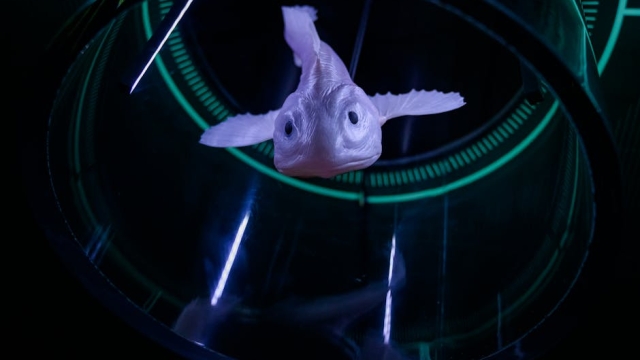
Current Trends and Innovations in Fish Breeding Technology

The world of aquaculture has witnessed significant advancements as fish breeding technology continues to evolve. This field is crucial for ensuring sustainable fish populations, enhancing food security, and meeting the global demand for seafood. By leveraging modern techniques and innovations, aquaculturists can improve breeding efficiency, health, and yield. This article will explore the current trends in fish breeding technology, key techniques employed in the industry, and sustainable practices shaping the future of fish farming.
Current Trends and Innovations in Fish Breeding Technology
Recent innovations in fish breeding technology have transformed traditional practices. Genetic advancements, particularly in genomics, have opened up new avenues for selective breeding. Breeders can now identify desirable traits at a molecular level, such as growth rates, disease resistance, and environmental adaptability. These genetic insights enable the development of fish strains optimized for aquaculture conditions, leading to increased productivity. Another area of advancement is biotechnology, which encompasses techniques like cryopreservation and gene editing. Cryopreservation allows for the long-term storage of fish sperm and eggs, ensuring genetic diversity and enabling selective breeding programs to continue over extended periods. Gene editing, on the other hand, has the potential to create fish with specific traits by directly modifying their DNA. These innovations are not only enhancing breeding programs but also addressing challenges such as climate change and disease outbreaks in aquaculture.
Key Techniques in Fish Breeding
Genetics
Genetics plays a pivotal role in fish breeding technology. Understanding the genetic makeup of fish species allows breeders to select individuals with beneficial traits. By employing molecular markers, aquaculturists can identify and select the best candidates for reproduction, improving the overall quality of the stock. This technique reduces the time and resources needed to achieve desired outcomes compared to conventional breeding methods.
Selective Breeding
Selective breeding involves choosing parent fish based on their traits to produce offspring with favorable characteristics. This technique has been used for decades, but advancements in genetic testing have made it more effective. By selecting fish that exhibit traits such as faster growth, better feed conversion rates, and improved disease resistance, breeders can produce stocks that are more resilient and efficient.
Biotechnology
Biotechnology encompasses various techniques aimed at enhancing breeding practices. Techniques such as artificial insemination allow for controlled breeding, ensuring that the best genetic combinations are produced. Additionally, biotechnological methods like polyploidy induction can lead to increased growth rates and better yield in certain fish species. These advancements not only improve productivity but also contribute to the sustainability of fish farming operations.
| Technique | Description | Benefits |
|---|---|---|
| Genetics | Molecular analysis for trait selection | Improved stock quality |
| Selective Breeding | Choosing parents for desired traits | Enhanced growth and resilience |
| Biotechnology | Methods like artificial insemination | Controlled breeding and increased yield |
Sustainable Practices in Aquaculture
As fish breeding technology advances, there is a growing focus on sustainability within aquaculture. Sustainable practices are essential for mitigating the environmental impact of fish farming and ensuring the long-term viability of fish populations. By implementing responsible breeding techniques, aquaculturists can minimize overfishing, reduce habitat destruction, and promote ecological balance. One key aspect of sustainability is the use of selective breeding to develop fish strains that are more efficient in their feed conversion. This not only reduces the amount of feed required but also lessens the environmental strain associated with feed production. Additionally, fish breeding technology helps in conserving threatened species by enabling the breeding of fish in controlled environments, preserving genetic diversity. In conclusion, fish breeding technology plays a vital role in modern aquaculture, enhancing breeding efficiency, promoting sustainability, and addressing the challenges faced by the industry. By embracing genetic advancements, selective breeding, and biotechnological innovations, aquaculturists can improve their practices and contribute to a more sustainable future for fish farming. As the industry continues to evolve, it is crucial for practitioners to stay informed and adapt these technologies to enhance their own operations. For further insights into fish breeding technology, consider exploring resources that specialize in this field.

